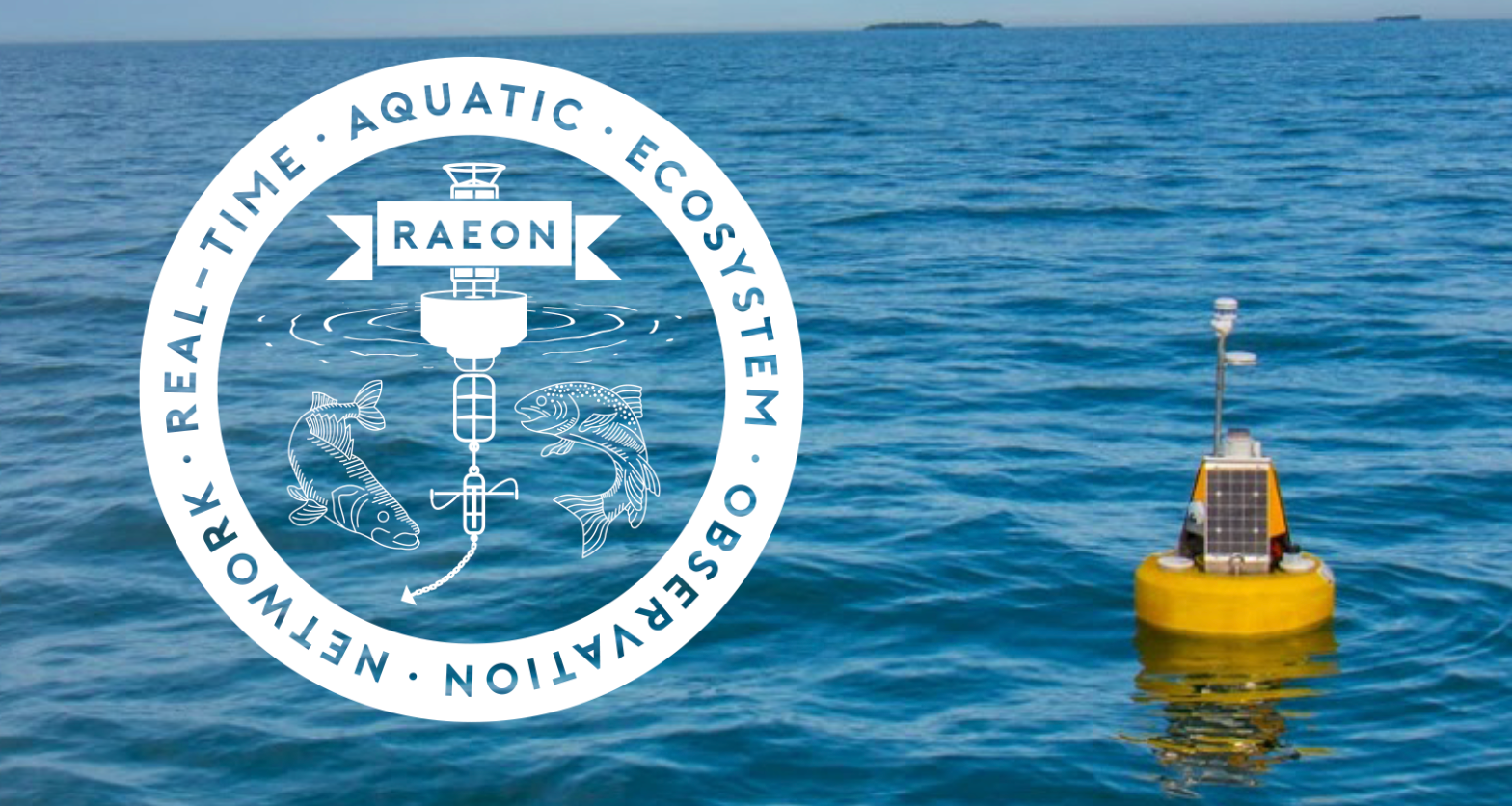April 30, 2021
RAEON - Real-Time Aquatic Ecosystem Observation Network

The Great Lakes are home to 20% of the world’s total freshwater, and a critical necessity to Canadians. Ensuring future protection in the face of current global changes requires environmental monitoring and understanding how the Great Lakes are being impacted. Only with integrated and interdisciplinary approaches can a complete picture of the scale and complexity of the changes can be determined. The approach of RAEON is to provide the tools for this, and keep Canada at the forefront of aquatic research and technology development, maintaining Canada’s position as a leader in the conservation of freshwater ecosystems.
One exciting new project supported by RAEON and led by the University of Windsor is the establishment of an early-warning system to protect water treatment systems in Southwestern Ontario, and potentially to rest of the world. The NSERC-funded project brings together Academic, Government, and Industry partners for the deployment of real-time continuous monitoring instruments in Lake Erie. The data collected will help scientists better understand and predict the development of harmful algal blooms, HABs, that can contaminate drinking water systems in the region.
The real-time data from water quality sensors including Pro-Oceanus Dissolved CO2 Sensors will allow researchers to understand how nutrients, temperature and other factors lead to the development of harmful algal blooms and hypoxia. The use of real-time data allows for immediate mitigation processes to be implemented in order to create better treatment systems for drinking water.
The information will also help identify other possible natural processes and anthropogenic activities that lead to the development of HABs. More details on the project can be found here.